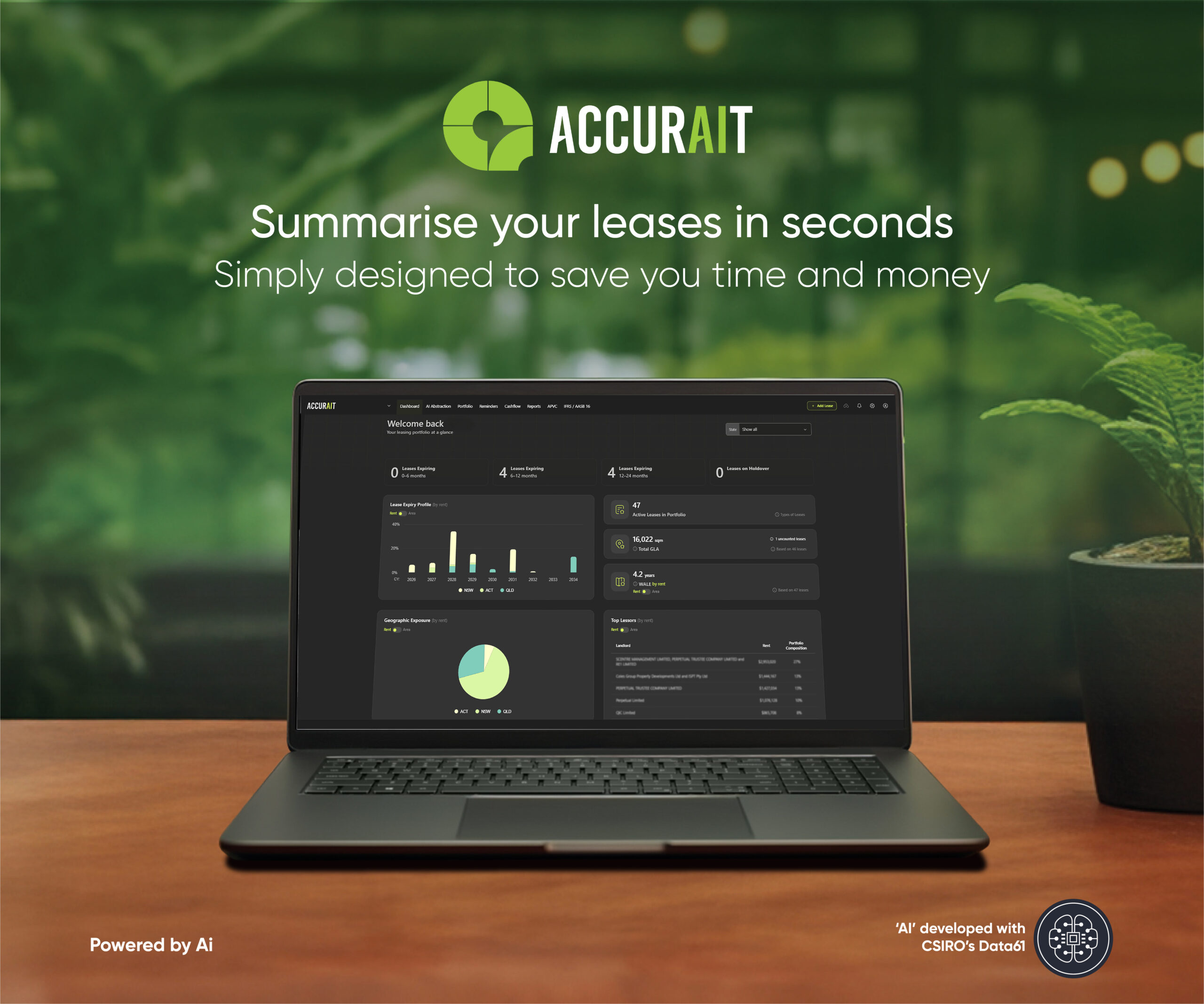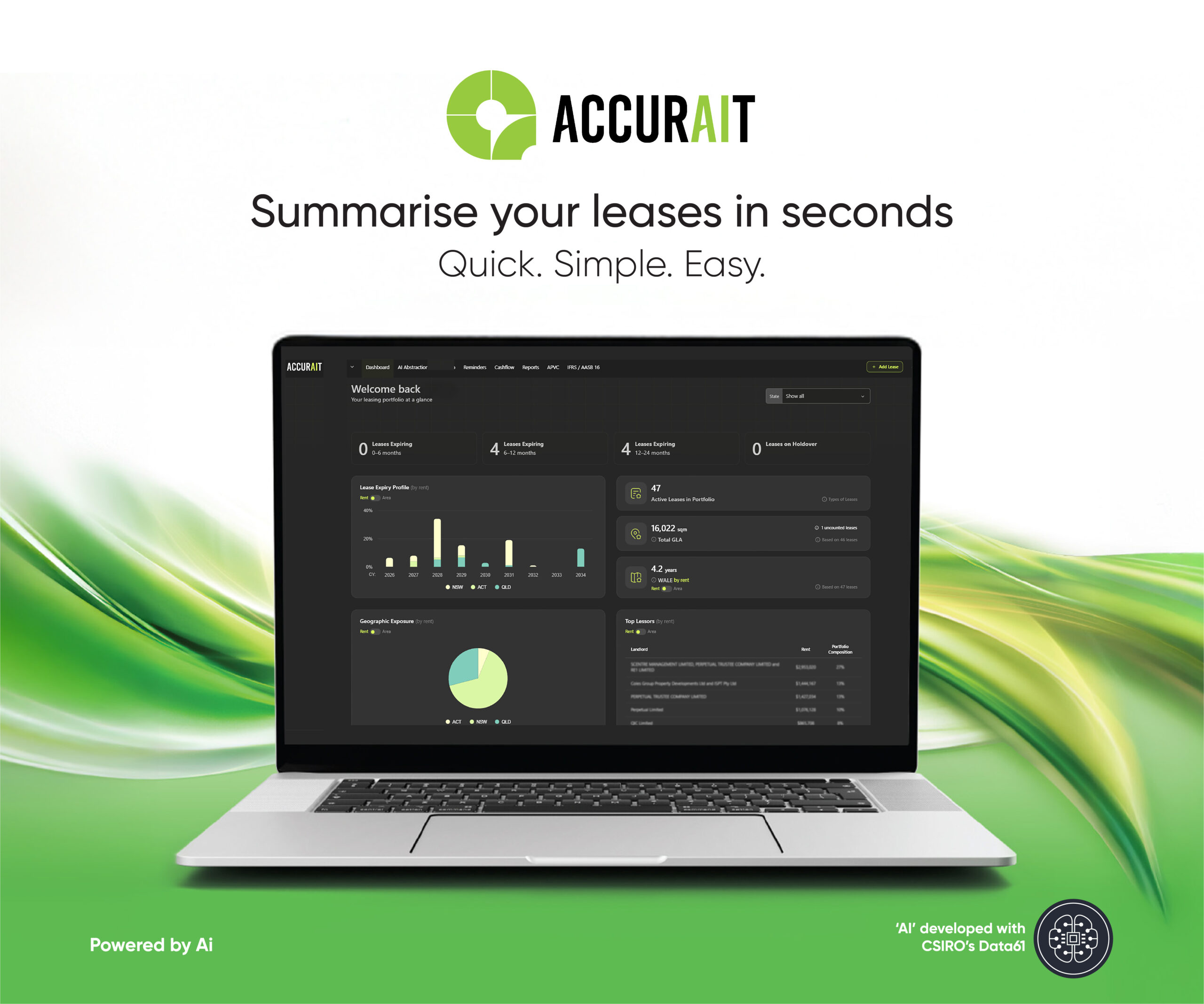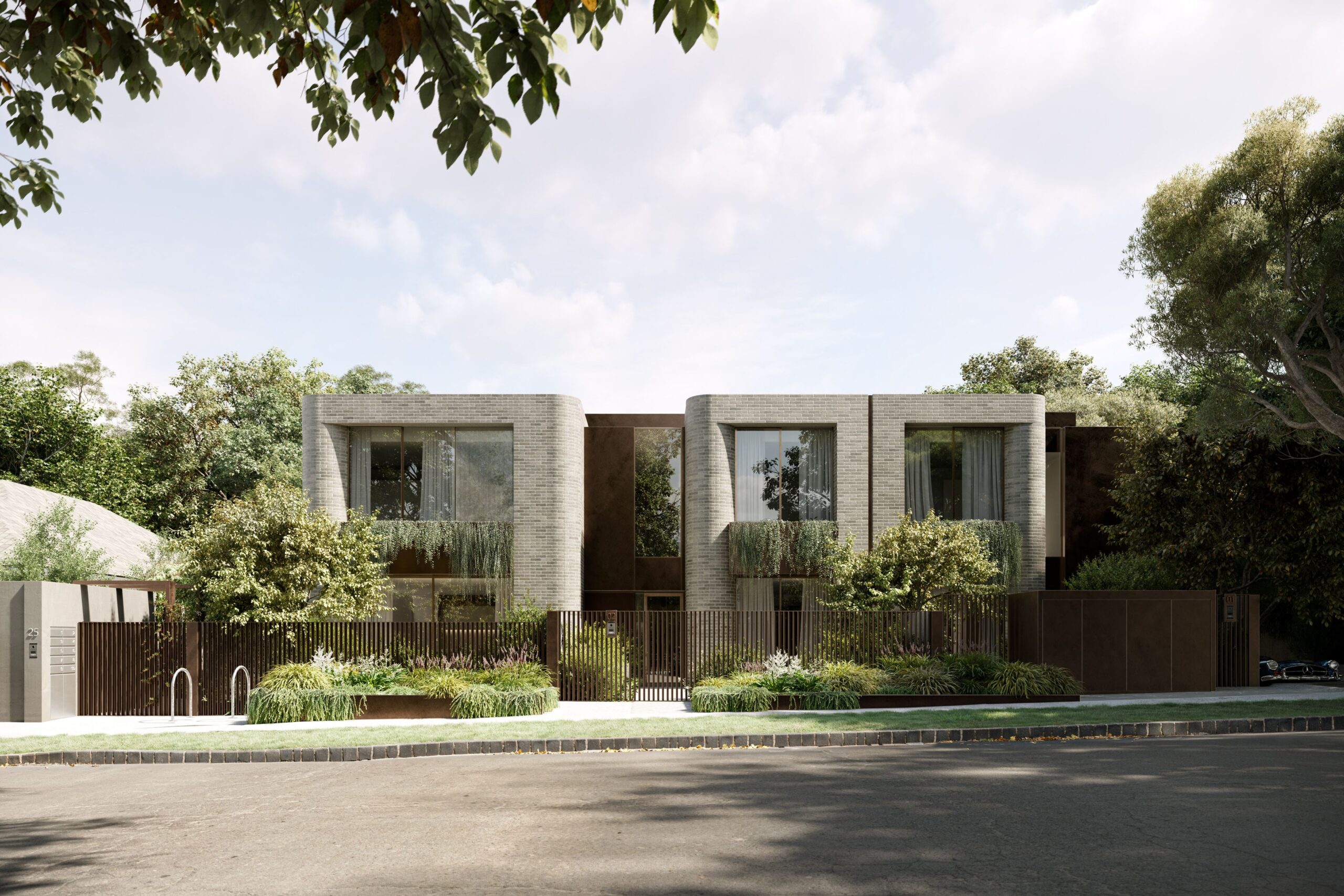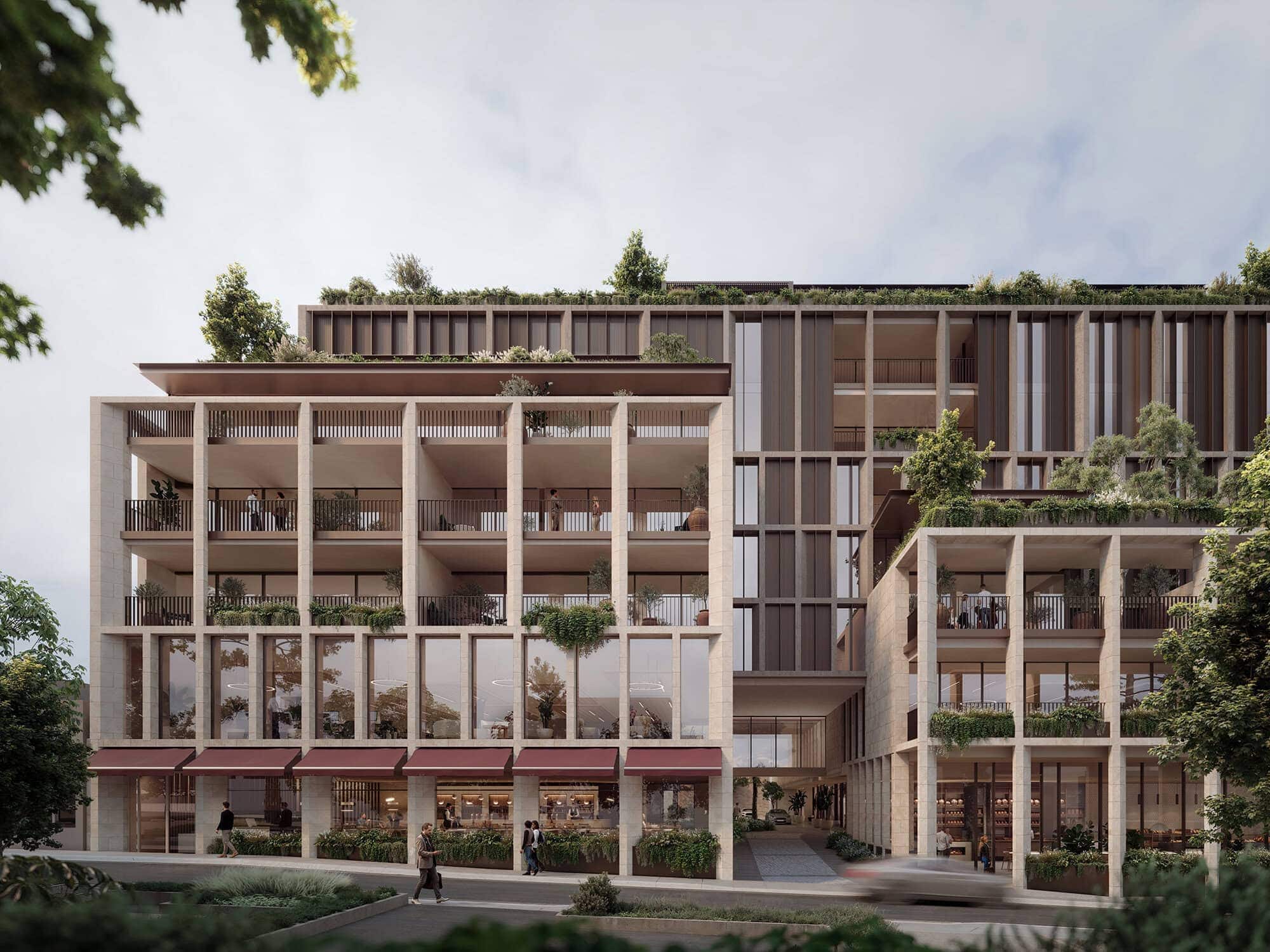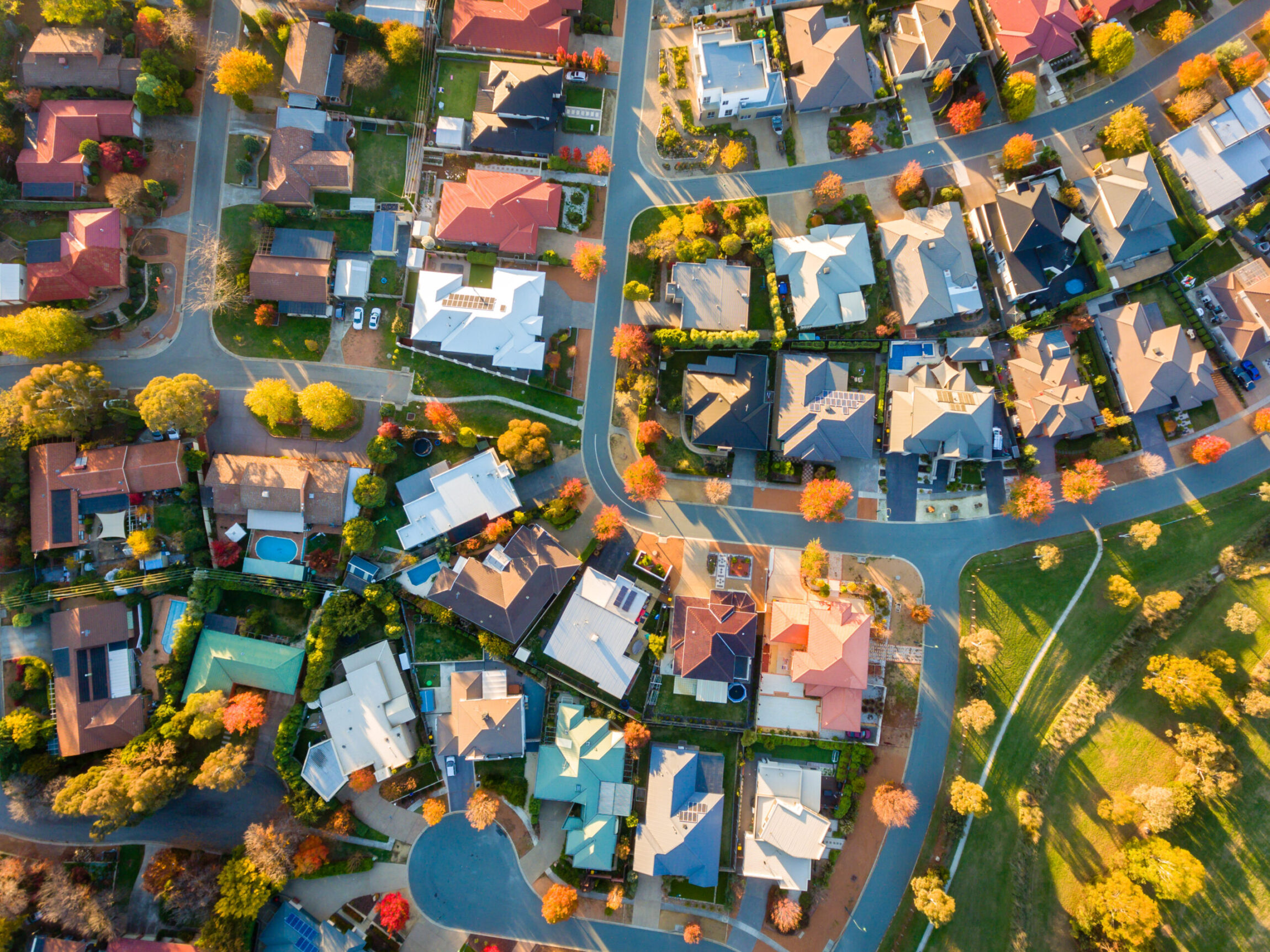
Australia’s lower-priced housing market is accelerating faster than premium segments as first-home buyer competition intensifies under the federal government’s expanded 5% deposit scheme. According to reporting by the Australian Financial Review, homes priced under the raised caps rose 1.2% nationally in October, outpacing the 1% rise in properties above the thresholds.
The early data, analysed by housing insight firm Cotality shows unusually strong divergence between lower- and higher-end growth. The scheme, which began on October 1, removed income limits and lifted caps across all capitals, enabling more buyers to enter the market with a 5% deposit and without lenders’ mortgage insurance.
Lower-End Homes Outperforming Across Key Cities
Cotality head of research Eliza Owen said the spread in monthly growth is the largest since 2009. While the scheme’s direct impact is not yet definitive, the added demand is likely pushing prices higher at the bottom end amid record-low supply.
Notable October performance included:
- Melbourne’s inner east: Sub-$950k homes up 1.7%, over four times higher-tier growth
- Sydney’s eastern suburbs: 92 bps growth gap favouring sub-cap homes
- Brisbane’s north: 1.9% growth under cap vs 1.3% above
- Inner Perth: 97 bps difference
- Adelaide’s north: 24 bps difference
Hobart and Canberra were exceptions due to softer overall growth.
Affordability Squeeze Driving Demand Downmarket
National home values rose 1.1% in October, the fastest in two years, after February’s rate cut and amid limited listings. Owen noted that price caps may also be encouraging buyers to “bid up” properties near the thresholds, further eroding affordability.
She reiterated that long-term solutions lie in reducing investment incentives rather than expanding homebuying grants.
Most Popular Suburbs for First Home Buyers
Equifax mortgage inquiry data shows strong demand in:
- Sydney: Parramatta, Castle Hill, Marrickville
- Melbourne: Richmond, Southbank
- SEQ: Pimpama, Southport, West End
Outer-metro areas up to 60 km from CBDs are also rising in popularity, driven by affordability, remote work, and rentvestors. Examples include Leumeah in Sydney’s south-west and Melton South in Melbourne’s west. Brisbane’s Chapel Hill, though closer to the CBD, still requires lengthy public transport commutes.
Inquiry volumes are rising faster than mortgage approvals, suggesting many buyers are preparing to enter the market but have not yet purchased.
Analysts expect lower-priced homes to continue outperforming as affordability pressures and the 5% deposit scheme funnel demand toward the entry-level market. Higher-end properties may lag as borrowing constraints shape buyer behaviour.





